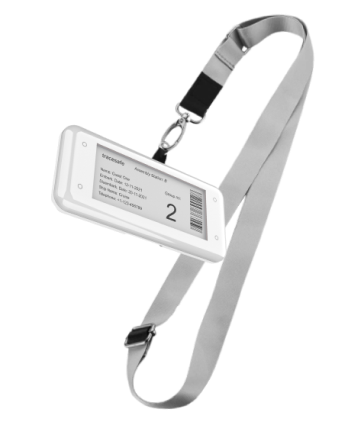
“TraceSafe, powered by TELUS’ secure and reliable IoT ecosystem, is one more way in which TELUS is helping Canadians – including innovators and entrepreneurs – stay connected to the people and information that matter most to them”
Darren Entwistle, TELUS President and CEO



























